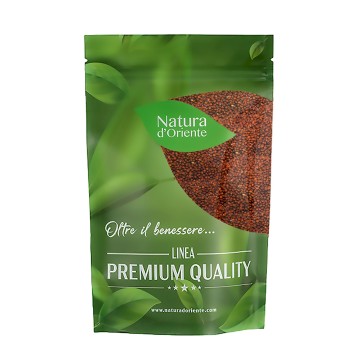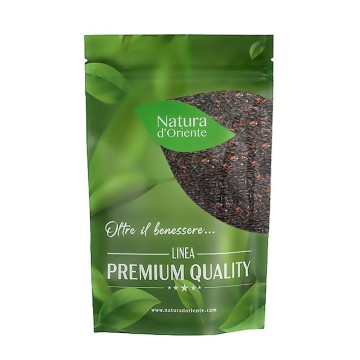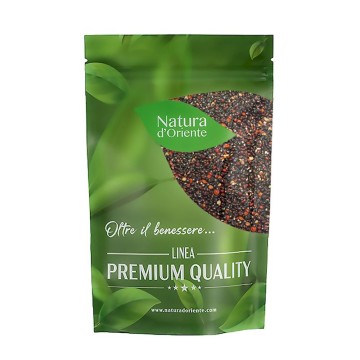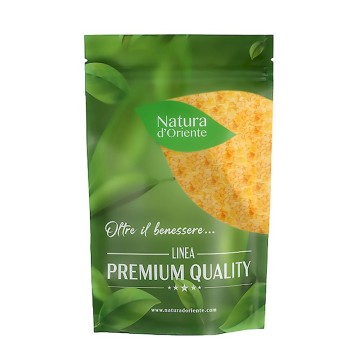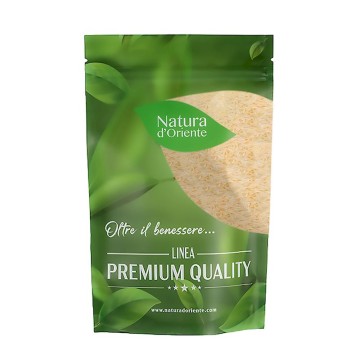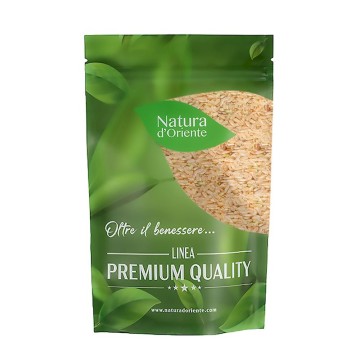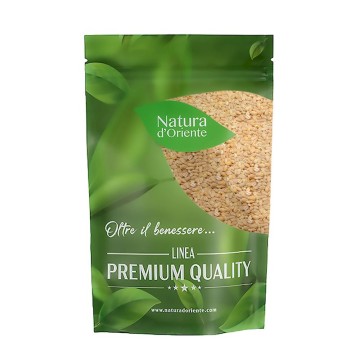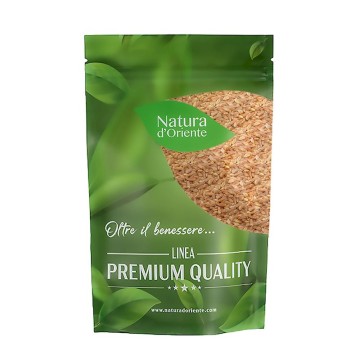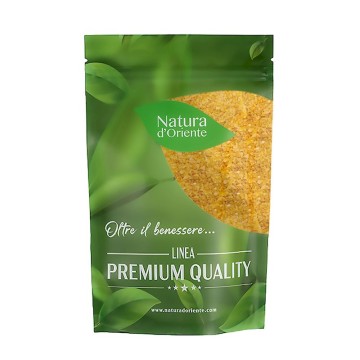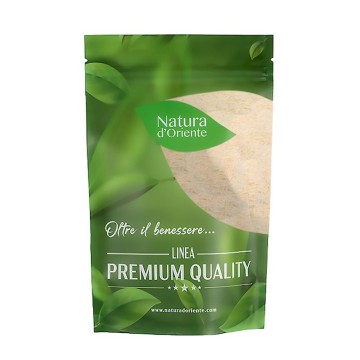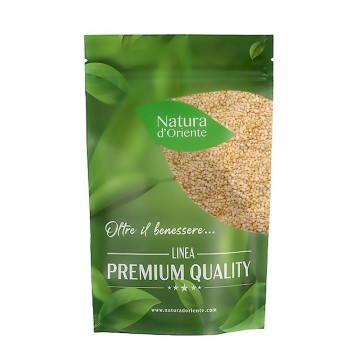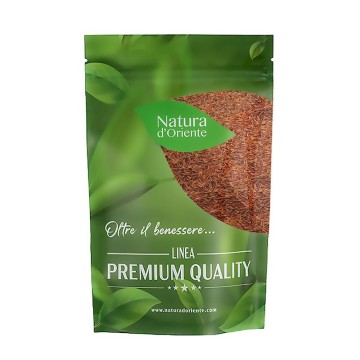Light seed millet: properties, benefits:
Millet is a very precious cereal for the human body. It is a very ancient cereal, originating from the Middle East and some areas of Africa (where it is still the main food together with rice).
It is very rustic and resistant to adverse weather conditions. In ancient times, millet was consumed almost daily together with other types of cereals, legumes and vegetables also because it could be preserved for a long time. Millet is naturally rich in mineral salts such as magnesium, potassium, calcium, iron as well as vitamins of the B, A and E groups. It can therefore be considered a natural remineralizer and tonic. Millet contains silicic acid, which fights cellulite, making the skin more elastic and improving its tone and smoothness.
This is why the consumption of this cereal is particularly recommended for those who lose a lot of hair, have brittle nails or skin problems. Silicon itself is also important for the good health of the immune system. Millet is one of the cereals richest in minerals in absolute terms and many of these help the kidneys to eliminate excess fluids and work better. In addition to providing many carbohydrates, millet also offers a fair amount of easily assimilated amino acids that our body will then transform into proteins.
Origins and historical notes:
Millet (Panicum miliaceum), a cereal with small golden yellow grains, was mainly consumed in the form of polenta. Once a staple food for the populations of Africa and India, today it is the sixth most important cereal globally and supports about a third of the world's population. Even at the beginning of the 14th century, during famines the golden cereal was also used for bread making.
Despite what the Salerno school claimed, freshly baked bread had a pleasant and delicate taste; when it hardened, it was finely ground and kneaded again with water to make simple gnocchi. At the end of the same century, the Venetians, besieged by the Genoese, were saved thanks to the large supplies of this well-storable cereal. And millet was the favorite food of pregnant women, as it was believed to be able to counteract miscarriages. Modern phytotherapy still recommends it during pregnancy, also recommending it for those who want to have shiny hair and strong nails, thanks to its salicylic acid content. A highly digestible and revitalizing cereal, capable of fighting physical and intellectual asthenia, millet is gluten-free and therefore suitable for celiacs.
Use in cooking: millet salad, ingredients: 320 grams millet seeds 6 tablespoons extra virgin olive oil 1 medium onion, finely chopped 2 cloves of garlic 3 carrots, diced 1 red pepper, diced 2 courgettes, diced 250 grams frozen peas 100 grams sultanas 60 grams pine nuts salt and freshly ground pepper.
PREPARATION: In a large pan, toast the millet over medium heat for 4 minutes, stirring constantly. Add the water, bring to a boil, reduce the heat to low, cover with a lid and cook until the liquid is absorbed, about 15 minutes. Avoid stirring (unless it sticks to the bottom of the pan) as this will break the grains and change the texture. Remove from the heat and let stand for 10 minutes. Fluff with a fork. Allow to cool. While the millet is cooking, in a non-stick pan sauté the onion, garlic over medium heat for 4 minutes, stirring often.
Add the carrots, pepper, raisins and pine nuts, cook over medium heat for a few minutes. Add the courgettes, cook for 5 minutes. Now add the peas and cook for another 3-4 minutes stirring a couple of times to prevent the vegetables from sticking.
Add salt and pepper to taste. The cooking time for the vegetables can vary according to your taste: crunchy or soft and well cooked. I go for the crunchy! In a bowl mix the vegetables and millet to combine all the ingredients. Note: Millet salad is better prepared fresh, in fact millet does not retain its flavor and consistency the next day.

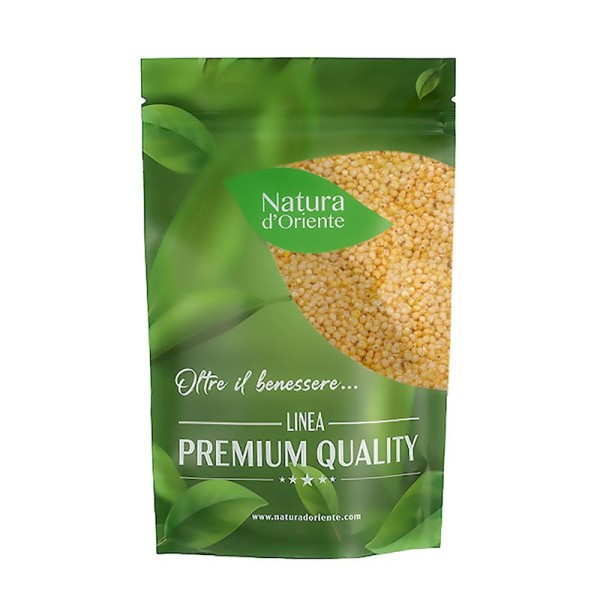







 No reward points for this product.
No reward points for this product.
